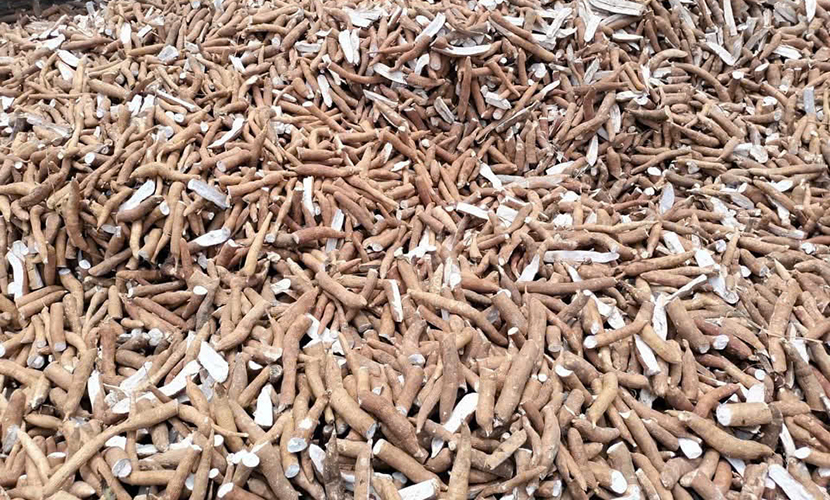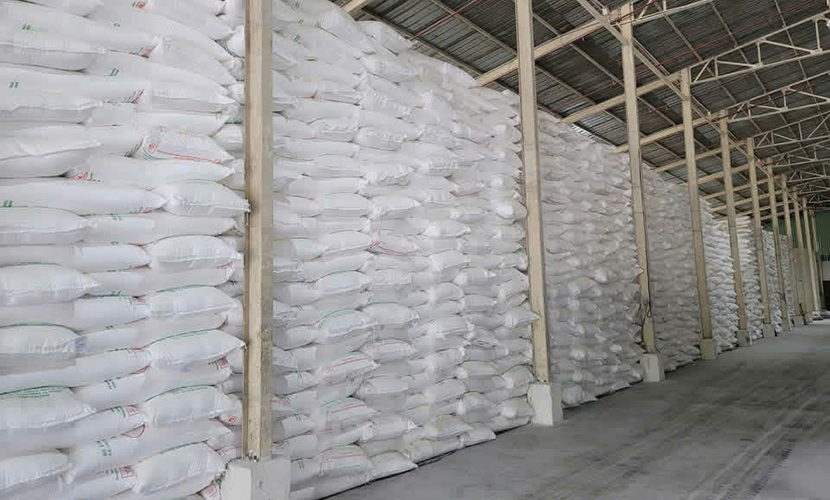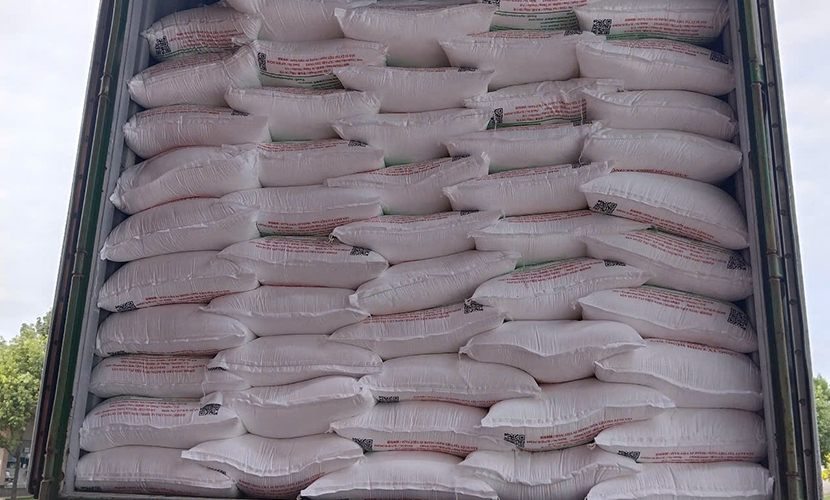
Vietnam’s cassava industry aims to increase the export value of cassava and cassava-based products. Specifically, it targets approximately $2.5 billion by 2050.
On July 31st, in Ho Chi Minh City, the High-Quality Vietnamese Goods Business Association held a seminar themed “Green Innovation – Bringing cassava into Vietnamese cuisine.”
At the seminar, culinary artisan Ms. Suong noted that creativity in Vietnamese cuisine is remarkable. For example, it is reflected in the way cassava is transformed into a wide variety of dishes.

Vietnam’s cassava
Vietnam’s cassava has long been a familiar ingredient in Vietnamese cuisine. Cassava is a vital ingredient in savory dishes such as thick noodle soup or steamed cassava mixed with coconut. In addition, it is used to make confectionery and vegetarian dishes like rice paper rolls with various vegetables.
Tay Ninh is the second-largest cassava-growing province in the country, with 61,000 hectares. The province accounts for 23% of the province’s agricultural land. Its annual production reaches around 2 million tons, the highest in Vietnam. Currently, startup enterprises are taking advantage of this supply to continuously produce value-added cassava products.
Mr. Dang Khanh Duy is the General Director of a Vietnamese cassava starch factory in Tay Ninh province. He presented at the seminar a type of rice paper made from cassava without soaking in water. The product meets food safety standards and creates a tasty rice paper derived from cassava.

Vietnamese cassava starch factory
According to Ms Suong, rice paper stalls are commonly available in markets in the South Central Coast provinces. Cassava-based rice paper products have even popular in five-star hotels, helping to promote Vietnamese cuisine internationally. However, these products need to meet clean and “green” quality standards.
Ms. Vu Kim Hanh is the Chairwoman of the High-Quality Vietnamese Goods Business Association. She emphasized: “Enterprises producing at this stage are naturally conscious of environmental issues. Moreover, international certification standards always include green criteria. Companies must always consider sustainable development for each product when planning for export.

Loading Vietnamese cassava starch
Enterprises focus on developing products along the value chain. In particular, this includes all stages from cultivation and harvesting to processing and consumption.
According to Mr. Duy, his company had to undergo multiple adjustments to meet FSSC 22000 standards. He hopes to “bring export-standard products to domestic consumers.” Additionally, the factory applies a biogas model to reduce fossil energy use during the steaming and drying of rice paper.
Looking ahead to 2050, Vietnam’s cassava industry aims to have 70–80% of cassava cultivation area using sustainable farming practices. The fresh cassava is materials for deep processing into products such as starch, ethanol, and MSG will account for over 90%. The export value of cassava and cassava-based products will beable to reach approximately $2.5 billion.
Vietnamese source: https://nhandan.vn/nganh-khoai-mi-viet-nam-huong-den-muc-tieu-xuat-khau-25-ty-usd-post821938.html
